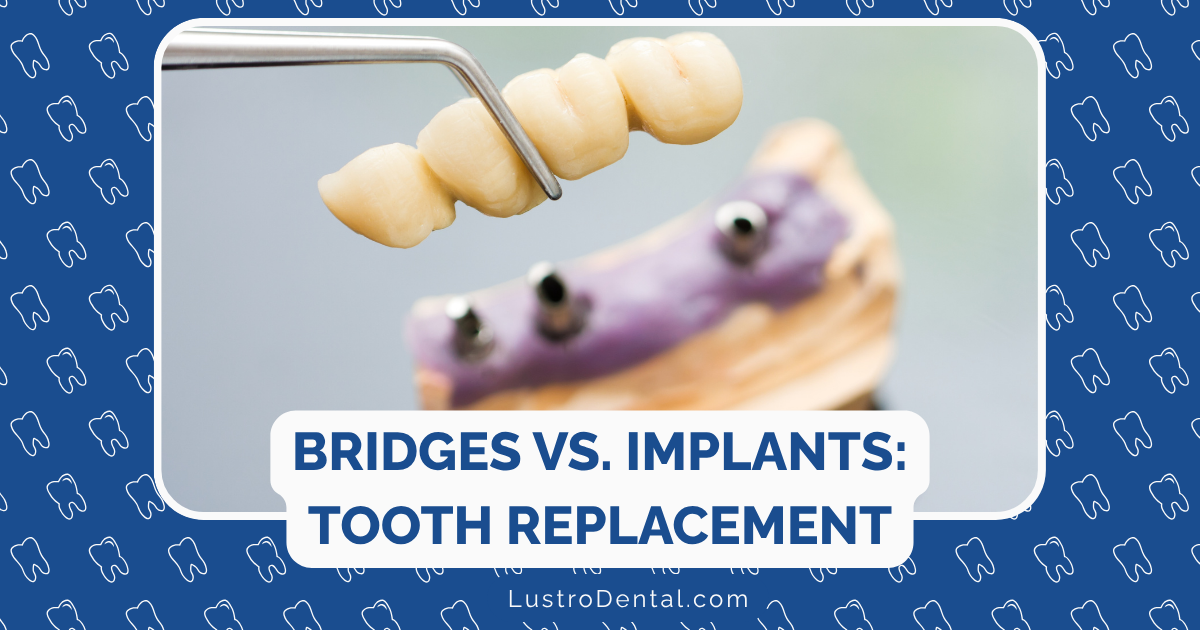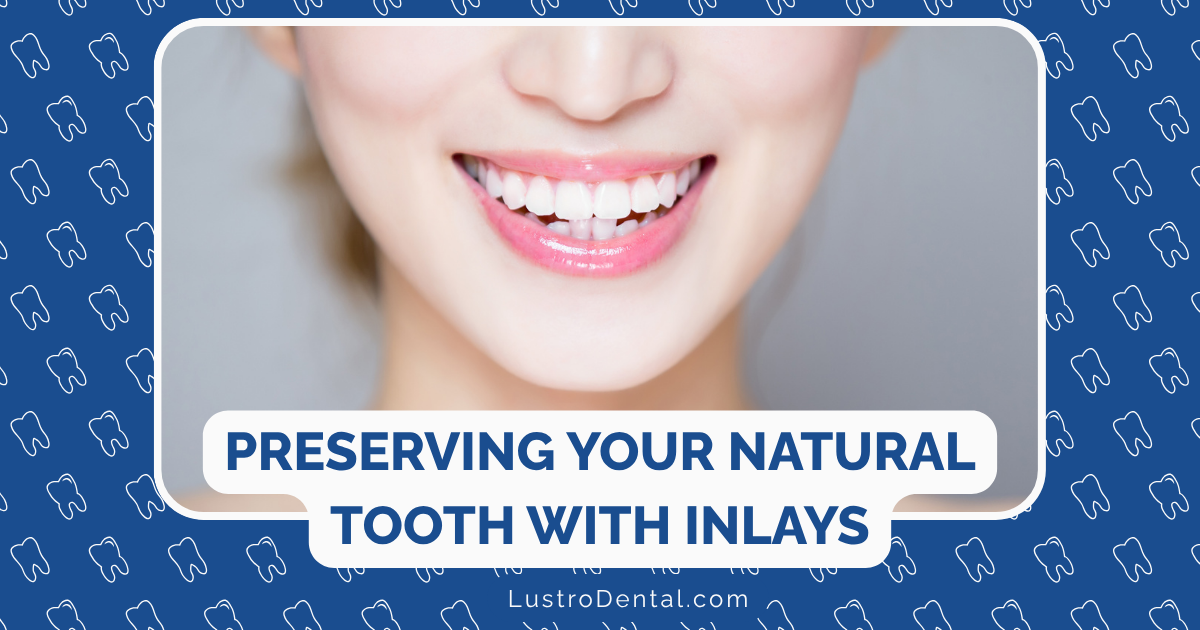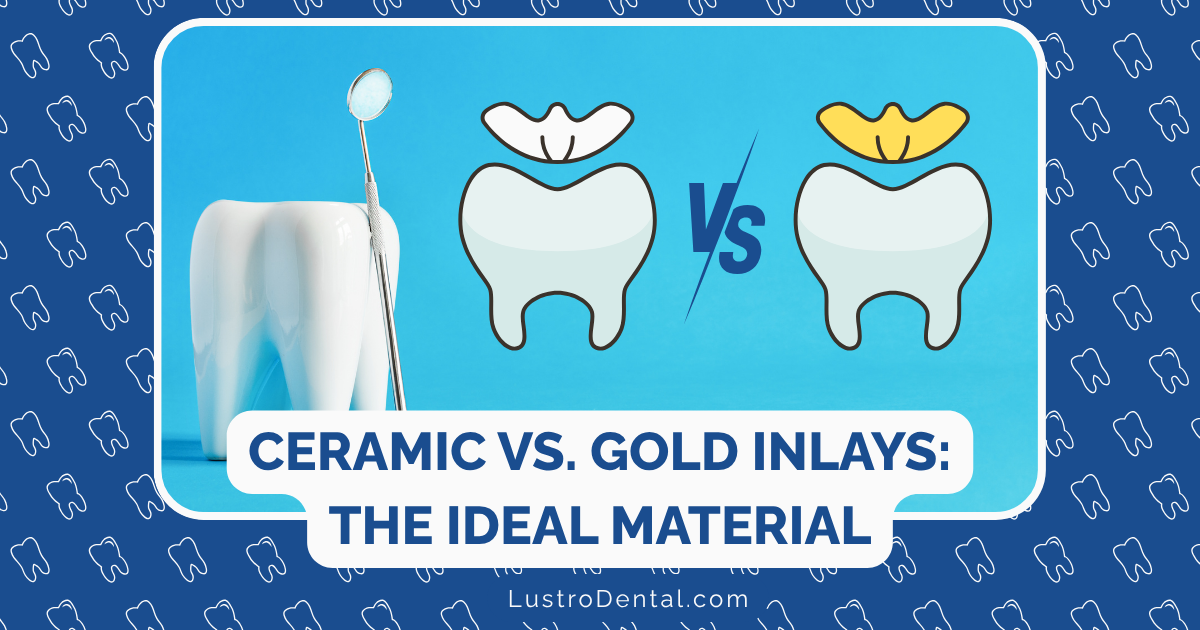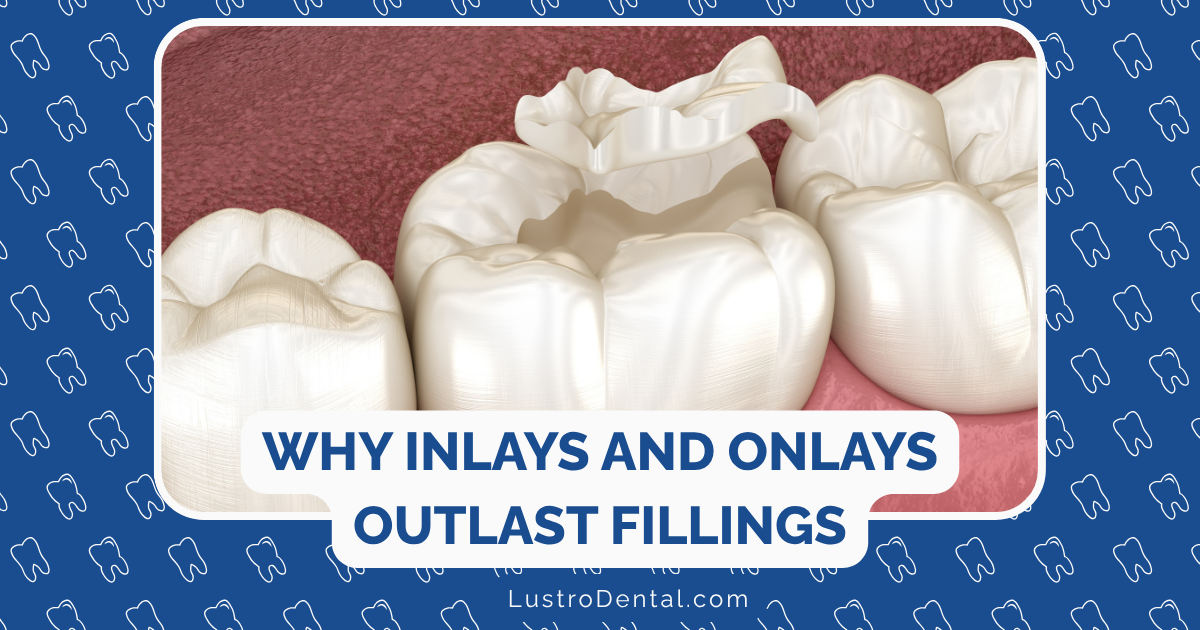Bridges vs. Implants: Making the Right Choice for Your Missing Teeth

Losing a tooth isn’t just about aesthetics—it can impact your ability to eat, speak clearly, and maintain your oral health. When faced with a gap in your smile, two primary options typically emerge: dental bridges and dental implants. Both can effectively restore your smile, but they work in fundamentally different ways and offer distinct advantages and limitations.
As someone who’s helped many people navigate this important decision, I understand how overwhelming it can feel. The “best” option isn’t universal—it depends on your specific situation, health needs, lifestyle, and priorities. This guide will help you understand the key differences between bridges and implants so you can have an informed conversation with your dentist about which option might be right for you.
Understanding Your Options: The Basics
Before diving into comparisons, let’s clarify what each option entails:
What is a Dental Bridge?
A dental bridge is a fixed prosthetic device that literally “bridges” the gap created by one or more missing teeth. A traditional bridge consists of:
- Pontics: The artificial replacement teeth that fill the gap
- Crowns: Placed on the natural teeth (called abutment teeth) on either side of the gap to anchor the bridge in place
According to the American Dental Association, bridges have been a standard treatment for replacing missing teeth for decades and continue to be a reliable option for many patients.
What is a Dental Implant?
A dental implant is a more comprehensive tooth replacement that consists of three parts:
- Implant post: A titanium screw that’s surgically placed in your jawbone to function as an artificial tooth root
- Abutment: A connector placed on top of the implant post
- Crown: The visible portion that looks like a natural tooth
The American Academy of Implant Dentistry notes that dental implants are the only tooth replacement option that replaces both the root and the crown of a missing tooth.
Key Comparisons: Bridges vs. Implants
Let’s compare these options across several important factors that might influence your decision:
1. Procedure and Timeline
Dental Bridges:
- Typically requires two to three dental visits over a few weeks
- Non-surgical procedure (though adjacent teeth must be prepared by removing some enamel)
- Usually completed within 2-4 weeks from start to finish
- No healing period required before the restoration is functional
Dental Implants:
- Surgical procedure requiring several appointments over months
- Initial surgery to place the implant post in the jawbone
- Healing period of 3-6 months for osseointegration (the process where the implant fuses with your jawbone)
- Additional appointment to place the abutment and final crown
Dr. Sarah Johnson, a prosthodontist at the University of Michigan School of Dentistry, explains: “The timeline difference is significant. Bridges provide an immediate solution, while implants require patience through a longer process. However, that longer process is what allows implants to function so similarly to natural teeth.”
2. Longevity and Durability
Dental Bridges:
- Typically last 5-15 years before needing replacement
- Average lifespan of about 10 years with proper care
- May need to be replaced multiple times over a lifetime
Dental Implants:
- Can last 25+ years or even a lifetime with proper care
- 95% success rate over a 10-year period according to the Journal of Dental Research
- The most durable tooth replacement option available
A 2024 systematic review published in the International Journal of Oral & Maxillofacial Implants found that the 20-year survival rate for dental implants exceeds 90%, while traditional bridges showed a 65% survival rate at the same interval.
3. Impact on Adjacent Teeth
Dental Bridges:
- Requires preparation (reshaping) of adjacent healthy teeth
- Places additional stress on supporting teeth
- Can make these teeth more vulnerable to decay and damage over time
Dental Implants:
- Stand-alone solution that doesn’t affect adjacent teeth
- Preserves the integrity and health of surrounding teeth
- No additional risk to neighboring teeth
“This is one of the most significant differences,” notes Dr. Michael Chen of the American College of Prosthodontists. “With bridges, we’re essentially borrowing from Peter to pay Paul—using healthy teeth to support a prosthetic. Implants are completely independent systems.”
4. Bone Health and Preservation
Dental Bridges:
- Do not stimulate the jawbone where teeth are missing
- Can lead to bone loss in the gap over time
- May result in a sunken appearance as bone deteriorates
Dental Implants:
- Titanium post stimulates the jawbone similar to a natural tooth root
- Prevents bone loss through continued stimulation
- Maintains facial structure and prevents premature aging
Research from the Journal of Periodontology shows that patients with dental implants maintain significantly more bone volume over time compared to those with traditional bridges.
5. Cost Considerations
Dental Bridges:
- Generally less expensive upfront ($2,000-$5,000 for a typical three-unit bridge)
- Usually partially covered by dental insurance
- May require replacement every 10-15 years, increasing lifetime costs
Dental Implants:
- Higher initial investment ($3,000-$6,000 per single implant including the crown)
- Insurance coverage varies, with many plans covering only portions of the procedure
- Potentially more cost-effective long-term due to longevity and reduced impact on other teeth
According to the American Dental Association’s 2025 Survey of Dental Fees, the national average cost for a three-unit bridge is $3,200, while a single implant with crown averages $4,800.
6. Oral Hygiene and Maintenance
Dental Bridges:
- Require special cleaning tools like floss threaders or water flossers
- Can trap food particles underneath, requiring meticulous cleaning
- May be more challenging to maintain proper hygiene
Dental Implants:
- Can be cleaned like natural teeth with regular brushing and flossing
- No special cleaning tools required in most cases
- Generally easier to maintain good oral hygiene
Dr. Lisa Rodriguez, a dental hygienist specializing in implant care, explains: “The ability to clean around an implant just like a natural tooth is a significant advantage for long-term oral health. Many patients struggle with cleaning under bridges effectively, which can lead to complications down the road.”
7. Candidacy and Health Considerations
Dental Bridges:
- Good option for patients with health conditions that preclude surgery
- Requires healthy, strong adjacent teeth to support the bridge
- Not suitable if adjacent teeth have significant decay or periodontal disease
Dental Implants:
- Requires adequate bone density for successful placement
- May not be suitable for patients with certain medical conditions (uncontrolled diabetes, immune disorders)
- May require additional procedures like bone grafting for patients with bone loss
- Not recommended for heavy smokers due to increased risk of implant failure
Special Considerations for Different Scenarios
The right choice often depends on your specific situation:
Replacing a Single Front Tooth
For a single front tooth, aesthetics are particularly important. Implants typically provide the most natural-looking result, with no visible hardware and excellent gum contour maintenance. However, a well-crafted bridge can also provide excellent aesthetics if the adjacent teeth already need crowns or have large fillings.
Replacing Multiple Adjacent Teeth
When multiple adjacent teeth are missing, an implant-supported bridge might offer the best of both worlds. This option uses strategically placed implants to support a bridge, avoiding the need to prepare healthy adjacent teeth while providing the stability of implants.
According to the Journal of Prosthodontics, implant-supported bridges show a 98.3% success rate over 10 years, higher than traditional tooth-supported bridges.
Considerations for Older Adults
For older adults, several factors might influence this decision:
- Bone density: Natural bone loss with aging might require additional procedures for implant placement
- Medical conditions: Certain age-related conditions might affect healing after implant surgery
- Medication use: Some medications can impact osseointegration
- Cost and longevity: The longer lifespan of implants might be less relevant for some older patients
Dr. James Wilson, a geriatric dentistry specialist, notes: “For my older patients, we carefully weigh the invasiveness of the procedure against the expected benefits. Sometimes a well-made bridge is the more appropriate option, particularly for patients in their 80s or those with multiple health concerns.”
Innovative Developments in 2025
Both bridges and implants continue to evolve with technological advancements:
Modern Bridge Innovations
- Metal-free materials: Zirconia and other high-strength ceramics provide better aesthetics and biocompatibility
- Digital design: CAD/CAM technology allows for more precise fit and better aesthetics
- Minimally invasive preparation: New techniques require less removal of healthy tooth structure
- Hybrid materials: Combining strength and aesthetics for optimal results
Cutting-Edge Implant Advancements
- Mini implants: Smaller diameter implants that require less bone and less invasive surgery
- Immediate load implants: Protocols that allow for same-day placement of provisional crowns
- Surface technologies: New implant surfaces that promote faster osseointegration
- Guided surgery: Computer-guided implant placement for more precise results
- Ceramic implants: Metal-free options for patients with titanium sensitivities
Making Your Decision: A Practical Approach
When deciding between bridges and implants, consider these steps:
1. Comprehensive Evaluation
Start with a thorough examination by your dentist, which should include:
- X-rays or 3D imaging to assess bone quality and quantity
- Evaluation of adjacent teeth
- Assessment of your bite and occlusion
- Review of your medical history
2. Consider Your Priorities
Reflect on what matters most to you:
- Is longevity your primary concern?
- Is the initial cost a significant factor?
- How important is the most natural-looking result?
- Do you have time constraints that might make a bridge’s faster process appealing?
- How comfortable are you with surgical procedures?
3. Discuss All Options with Your Dentist
Beyond just bridges and implants, talk about:
- Implant-supported bridges for multiple missing teeth
- Partial dentures as a temporary or budget-friendly option
- Potential need for preliminary procedures like bone grafting
- Financing options and insurance coverage
4. Get a Second Opinion
For significant dental work, a second opinion can provide valuable perspective, especially from a specialist like a prosthodontist or periodontist.
Real Patient Experiences: Beyond the Clinical Factors
While clinical considerations are important, hearing from others who have faced this decision can be helpful:
“I chose a bridge initially because I was afraid of surgery and wanted a quick solution. Five years later, when it failed, I decided to go with an implant instead. The process was much less uncomfortable than I expected, and now I wish I’d chosen the implant from the start.” — Michael, 52
“As someone with dental anxiety, the idea of implant surgery was terrifying. My dentist was understanding and recommended a bridge. It’s been perfect for me, and I’ve had no issues in four years.” — Sarah, 45
“I needed to replace two adjacent teeth and chose implants despite the higher cost. The ability to floss normally and not worry about food getting trapped under a bridge has been worth every penny.” — David, 60
Conclusion: There’s No One-Size-Fits-All Answer
The choice between bridges and implants is deeply personal and depends on numerous factors including your oral health, budget, timeline, and personal preferences. While dental implants have become the gold standard for tooth replacement due to their longevity and bone-preserving qualities, dental bridges remain an excellent option for many patients, particularly those seeking a non-surgical solution or those with health conditions that preclude implant surgery.
The most important step is having an open, detailed conversation with your dental provider about your specific situation. By understanding the pros and cons of each option as they relate to your unique circumstances, you can make a confident decision that supports your oral health and quality of life for years to come.
Remember that replacing missing teeth isn’t just about aesthetics—it’s an investment in your overall health, confidence, and well-being. Whether you choose a bridge or an implant, you’re taking an important step toward maintaining your oral health and preventing the complications that can arise from missing teeth.
Have you had experience with either dental bridges or implants? We’d love to hear about your experience in the comments below!







